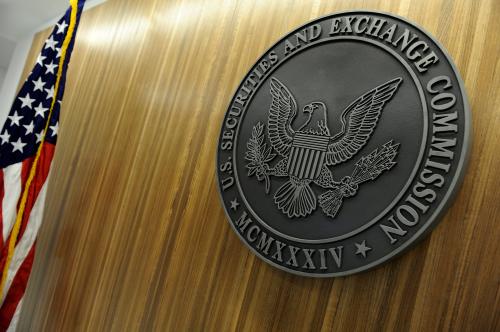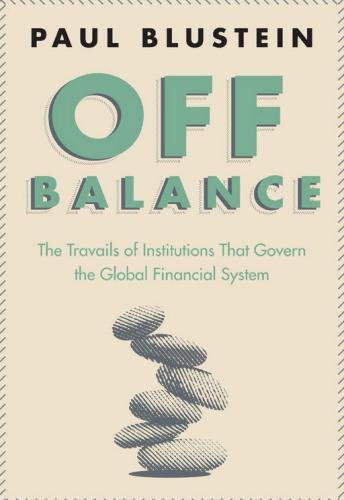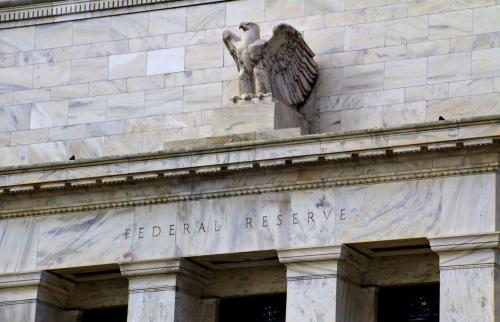Listen to BPEA Co-editor Justin Wolfers discuss this paper:
Altering the rules governing redemptions from money market funds could help reduce the risk of future financial crises, according to a new paper presented today at the Spring 2013 Conference on the Brookings Papers on Economic Activity (BPEA).
It has been almost five years since the losses on debt issued by Lehman Brothers triggered a broad run on money funds that quickly spread to the broader U.S. financial system. Money market fund reform, however, continues to stall, despite the call for reforms by regulators, academics, and some in the industry itself.
In “The Minimum Balance at Risk: A Proposal to Mitigate the Systemic Risks Posed by Money Market Funds,” authors Patrick E. McCabe of the Federal Reserve Board of Governors and Marco Cipriani, Michael Holscher, and Antoine Martin of the Federal Reserve Bank of New York propose the use of a “minimum balance at risk” (MBR) both to mitigate the systemic risk that arises from the funds’ vulnerability to runs and to protect shareholders who do not redeem shares quickly when runs occur. The minimum balance at risk would be a small fraction of an investors’ balance that cannot be redeemed immediately. In the rare event that a fund suffers losses, the MBRs of investors who have recently redeemed their shares would absorb losses first, according to their proposal. Based on a review of historical data on MMF losses, including a novel data set from the Treasury and the SEC on losses suffered by MMFs in 2008, the authors calibrate that the size of the MBR that would be needed to reduce the risk of runs would be between 3 and 5 percent.
Current reform proposals have focused on money funds adopting a floating share price, which would not only diminish their appeal to investors but also would still leave the funds susceptible to runs. In contrast, the minimum balance at risk would not affect share prices in normal times, but remove the incentive for all investors to redeem at the first hint of potential losses — a dynamic that makes losses more likely and furthermore is a source of broader instability in the financial system. The authors note that with $2.7 trillion in assets under management at the end of 2012, MMFs are key intermediaries of short-term funding, particularly for financial institutions. Given the size of the money fund industry and its importance in allocating short-term funding to financial institutions, MMFs’ vulnerability to runs poses considerable systemic risk to the U.S. financial system. The authors point out that policymakers have fewer tools available now than they did in 2008 to address MMF runs. “In particular, the Treasury’s Temporary Guarantee Program for Money Market Funds, which effectively halted the run in 2008, would no longer be possible under current law,” they write. Yet the vulnerability still persists and may have become greater. They note that the 2008 run may have made MMFs’ institutional investors more skittish and thus more run-prone, as demonstrated by heavy redemptions by institutional investors during the summer of 2011, sparked by concerns about the funds’ European holdings.
“An appropriately designed MBR would have several benefits. By discouraging investors from redeeming from a troubled MMF, the MBR would help the fund avoid the need for fire sales of assets to raise cash. This not only benefits the fund and its investors, but it reduces the contagion risk that one fund’s strains can propagate throughout the financial system. The MBR would also benefit investors who are not prone to redeem shares quickly at the first sign of trouble for an MMF. In particular, retail investors, who historically have been less quick to run from distressed funds, would enjoy additional protections because the MBR would result in a more equitable allocation of any losses between redeeming and non-redeeming shareholders in the event that a fund breaks the buck. Moreover, by clarifying that investors cannot avoid imminent losses by redeeming shares quickly in a crisis, an MBR should strengthen incentives for early market discipline for MMFs and motivate investors to identify potential problems in a fund long before any losses occur.”





